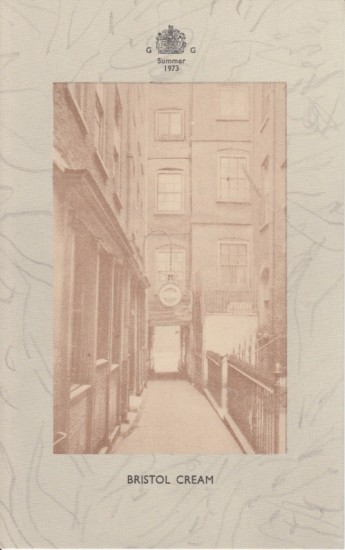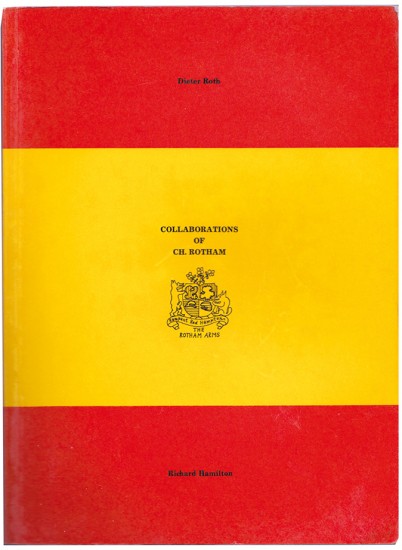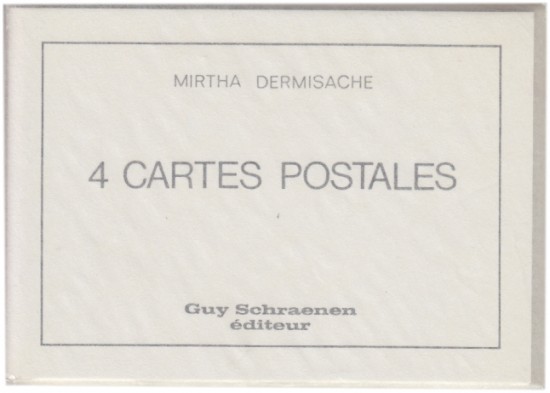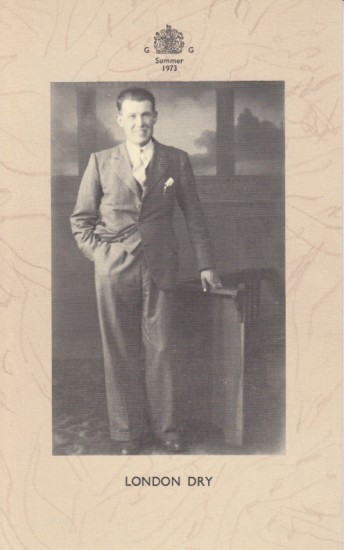Le Antichità Romane
Piranesi, Giovanni Battista
Rome. Nella Stamperia Angelo Rotili nel Palazzo de' Massimi. 1756
Sold
First edition, second issue - the Feltrinelli copy in a contemporary binding by Derome le Jeune - of Piranesi's Le Antichità Romane.
This work, which required eight years of careful study and excavation by Piranesi, established his reputation as the leading protagonist of Roman archaeology when it first appeared in 1756. His aim, as with all his archeological publications, was both to record the vanishing past for scholars and to inspire contemporary designers to emulate the achievements of ancient Rome.
Volume I explains the urban structure of ancient Rome in terms of its walls, defences and aqueducts as well as its public monuments. Volumes II - III include the plans of the Camera Sepolcrali, and are devoted to the extensive remains of sepulchres around Rome. Volume IV concentrates on the heroic feats of Roman engineering in the form of bridges and monumental structures such as the Curia Hostilia, the substructure of the Temple of Claudius, Hadrian's mausoleum (the Castel Sant'Angelo), and the Theatre of Marcellus. As John Wilton-Ely notes, the work includes plates by or after other artists, chiefly in volumes II and III.
This copy retains the rare 'Imprimatur' leaf (†2) bound after the 'Prefazione' with the list of published titles by Piranesi to the verso; the 'Imprimatur' is dated '25 Gennaro 1756'. Piranesi's publications listed on the verso of the leaf (and available at the same booksellers 'Bouchard e Gravier') consist of the 'Vedute di Roma', the 'Prospettive ... con varii grotteschi', the 'Carceri', the 'Vedute di Antichita Romane' and the 'Trofei'.
'The double-page engraved titles of volumes 2 and 3 of Piranesi's Le Antichità Romane display the artist as the most visionary of classical archaeologists. Imaginative and fascinating in all their myriad detail, these two 'restored' views of the great Roman Appian Way have all the overwhelming effect of the modern canyons of New York City, but embellished with classical finials and endless ornament'. (Princeton University, In Search of Art: The English Grand Tour exhibition).
'After two hundred years, the work still remains the vastest picture book of buildings and antiquities in Rome. Almost half the plates record things that have since vanished or been further damaged. It is the first book that attempted to reassemble objects that had been found and then scattered. The big plate of the Roman water system was the first painstaking reconstruction of far flung and complicated ruins, and alone cost him six months of drawing, digging and measuring. This book also went farther than previous attempts to interpret ancient remains in the light of ancient texts, and especially in the light of Vitruvius' description of Roman engineering practice'. (A. Hyatt Mayor, Piranesi, pg. 12).
[PROVENANCE: Discreet blindstamp of Giannalisa Feltrinelli to lower margin of initial blank leaf of each vol.: 'GIANNALISA FELTRINELLI / EX LIBRIS' surrounding stylised 'G F'].
[Hind pp. 83 - 84; Wilton-Ely pp. 327 - 582.]
This work, which required eight years of careful study and excavation by Piranesi, established his reputation as the leading protagonist of Roman archaeology when it first appeared in 1756. His aim, as with all his archeological publications, was both to record the vanishing past for scholars and to inspire contemporary designers to emulate the achievements of ancient Rome.
Volume I explains the urban structure of ancient Rome in terms of its walls, defences and aqueducts as well as its public monuments. Volumes II - III include the plans of the Camera Sepolcrali, and are devoted to the extensive remains of sepulchres around Rome. Volume IV concentrates on the heroic feats of Roman engineering in the form of bridges and monumental structures such as the Curia Hostilia, the substructure of the Temple of Claudius, Hadrian's mausoleum (the Castel Sant'Angelo), and the Theatre of Marcellus. As John Wilton-Ely notes, the work includes plates by or after other artists, chiefly in volumes II and III.
This copy retains the rare 'Imprimatur' leaf (†2) bound after the 'Prefazione' with the list of published titles by Piranesi to the verso; the 'Imprimatur' is dated '25 Gennaro 1756'. Piranesi's publications listed on the verso of the leaf (and available at the same booksellers 'Bouchard e Gravier') consist of the 'Vedute di Roma', the 'Prospettive ... con varii grotteschi', the 'Carceri', the 'Vedute di Antichita Romane' and the 'Trofei'.
'The double-page engraved titles of volumes 2 and 3 of Piranesi's Le Antichità Romane display the artist as the most visionary of classical archaeologists. Imaginative and fascinating in all their myriad detail, these two 'restored' views of the great Roman Appian Way have all the overwhelming effect of the modern canyons of New York City, but embellished with classical finials and endless ornament'. (Princeton University, In Search of Art: The English Grand Tour exhibition).
'After two hundred years, the work still remains the vastest picture book of buildings and antiquities in Rome. Almost half the plates record things that have since vanished or been further damaged. It is the first book that attempted to reassemble objects that had been found and then scattered. The big plate of the Roman water system was the first painstaking reconstruction of far flung and complicated ruins, and alone cost him six months of drawing, digging and measuring. This book also went farther than previous attempts to interpret ancient remains in the light of ancient texts, and especially in the light of Vitruvius' description of Roman engineering practice'. (A. Hyatt Mayor, Piranesi, pg. 12).
[PROVENANCE: Discreet blindstamp of Giannalisa Feltrinelli to lower margin of initial blank leaf of each vol.: 'GIANNALISA FELTRINELLI / EX LIBRIS' surrounding stylised 'G F'].
[Hind pp. 83 - 84; Wilton-Ely pp. 327 - 582.]
pp. iv ('Prefazione' and 'Imprimatur' leaf dated '25 Gennaro 1756' with list of Piranesi's publications verso), 40 ('Indice'), xi ('Spiegazione' and 'Osservazioni'), iii ('Indice, O Sia Spiegazione'), iv ('Indice'), iii ('Indice'), (ii) ('Repertorio'). 4 vols. Folio. (530 x 405 mm). Illustration: vol. I: Engraved frontispiece portrait of Piranesi by Polanzani, printed title, engraved double-page dedication plate with text 'Utilitati Publicae' (second state after the removal of 'Lord Charlemont'), Piranesi's text and 43 engraved plates, numbered I - XLIIII (including dedication plate), of which 5 are double-page, 1 large folding plate on two sheets, 2 folding plates on 1 sheet and 30 single page plates with two images;vol. II: engraved title, engraved double-page frontispiece and engraved list of subjects and 60 engraved plates, numbered I - LXIII (including title, frontispiece and list of subjects), of which 44 are double-page and one large double-page folding plate on 2 sheets; vol. III: engraved title and engraved double-page frontispiece and 52 plates, numbered I - LIV (including title and frontispiece), of which 42 are double-page and one large double-page folding plate on 2 sheets (four plates are by Girolamo Rossi and one by an anonymous artist); vol. IV: engraved title, engraved double-page frontispiece and engraved list of subjects and 57 plates, numbered I - LVII (including title, frontispiece and list of subjects, the additional plate numbered XLIV and the two additional unnumbered plates). Sheet size (double-page): c.725 x 520 mm (or the reverse). Watermarks examined include, the shield with sword and fleur-de-lys (Robison 61) a fleur-de-lys with initials (Robison 20 / 21), a fleur-de-lys within a single circle (Robison 18 / 19) however the majority of those present appear to be the fleur-de-lys within a double circle (Robison 33 / 35). Full contemporary diced russia by Derome le Jeune with his engraved ticket ('Relié par / DEROME le jeune / rue St. Jaque audessus / de St. Benoist') to foot of each engraved title, boards with decorative gilt borders, banded spines red morocco title labels and gilt titles and staggered gilt lattice-work in eight compartments, board edges and turn-ins with gilt decoration, marbled endpapers, green silk placemarkers, a.e.g.
#40571










